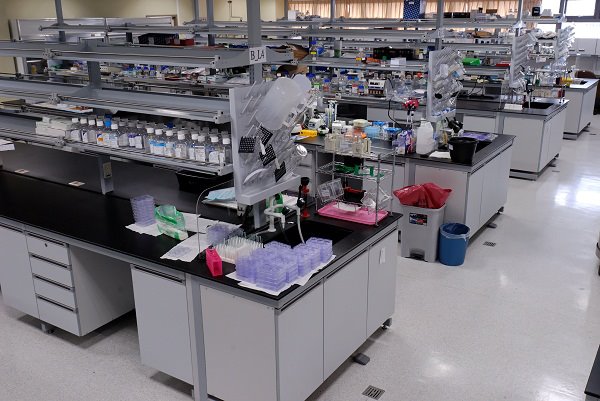
August 26, 2016, by Tony Hong
China’s R&D expenditure on basic research: beyond the number
By Yutao Sun is a professor with the Faculty of Management and Economics, Dalian University of Technology.
Prof. Cong Cao is the Head of the School of Contemporary Chinese Studies at the University of Nottingham Ningbo.
While devoting an increasing percentage of its GDP – 2.1 % in 2015 – on research and development (R&D), China spends relatively little of its total R&D expenditure on basic research – just 4.7% in China compared with 24.1% in France, 17.6% in the United States (US) and 12.6% in Japan.
But according to our discussion with a knowledgeable analyst, the number itself is problematic at several fronts so as to not reflect the true amount of money spent on basic research in China.
In terms of the scope of the funding, China’s R&D spending statistics excludes salary for university faculty members and stipend for postdoctoral researchers, which are a principal component in R&D expenditure in other countries.
Capital spending on big facilities is also not counted toward basic science expenditure. For example, of the RMB1.2 billion (US$200 million) used to construct the Shanghai Synchrotron Radiation Facility (SSRF), only RMB80 million (US$18 million) was counted toward R&D expenditure.
Finally, as the contribution of enterprises to gross expenditure on research and development (GERD) is likely to be inflated, a higher denominator could impact the overall portion of expenditure on basic research.
Based on such considerations, China probably spent about double the official figure of 4.7% of its total R&D budget on basic research. This is still significantly less than Japan or the United States.
Meanwhile, the quality of public R&D spending statistics, including that for basic research, is problematic, in spite of significant improvement over the years. In particular, the government has not yet established a statistical system for R&D expenditure but rather embedded such expenditure statistics in financial S&T statistics. Data on public R&D spending is only collected from research units that spend on funding. Therefore, the result is a “guesstimation” at best.
Furthermore, China’s funding for basic research mostly comes from the central government, which accounts for 77.7% of the GERD on basic research. The same statistics is 53.8% for the US.
Until the most recent reform, the Natural Science Foundation of China (NSFC) and the Ministry of Science and Technology (MOST) were two central government agencies that managed most of the R&D program on basic research. The Chinese Academy of Sciences (CAS) and the Ministry of Education (MOE), through its 75 directly affiliated universities, not only implemented most of the funding for basic research, but also fund basic research themselves.
On the other hand, enterprises, in particular state-owned enterprises (SOEs), hardly engage in basic research. By comparison, these enterprises in the US contribute 20.3% of GERD on basic research, and carry out 18.6% of basic research.
Given these nuances we should not take China’s funding for basic research at its face value. Indeed, as China’s R&D statistical system is not as sophisticated as those of developed OECD countries, more discussions on Chinese official R&D statistics are necessary in the academic and policy communities on improving its R&D statistical system and in particular aligning its GERD reporting to the Frascati Manual.
No comments yet, fill out a comment to be the first

Leave a Reply